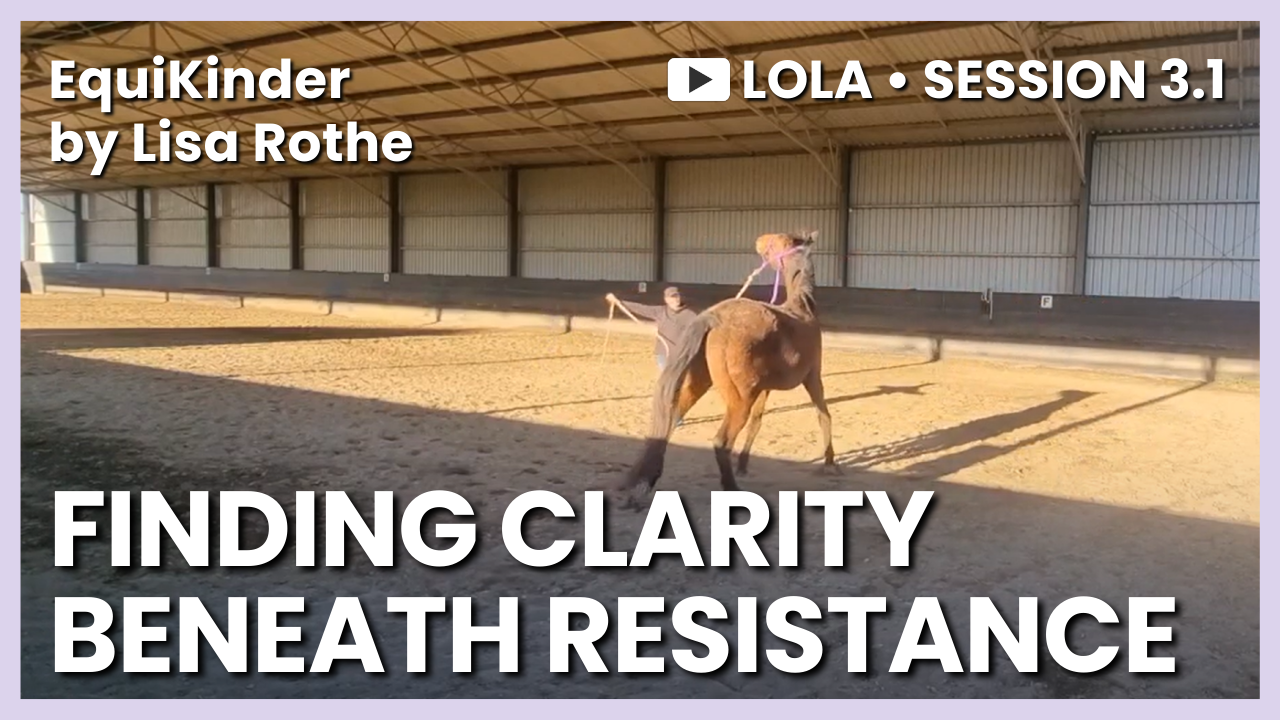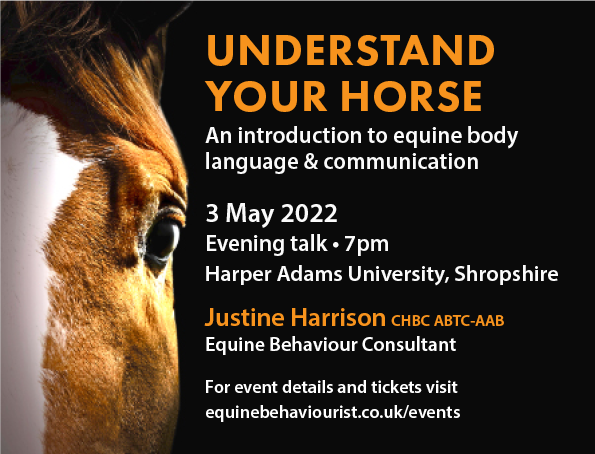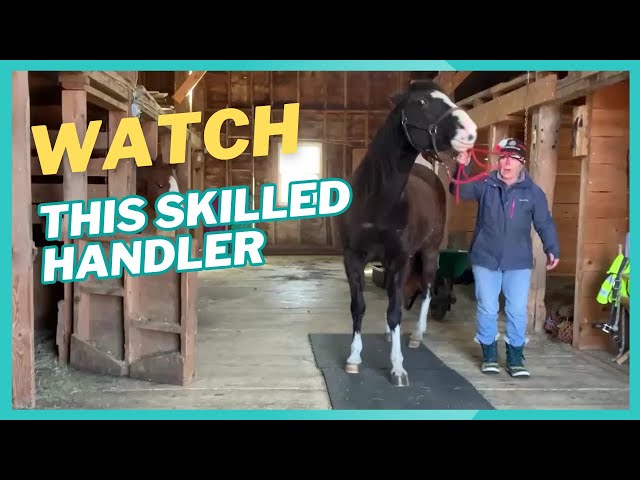Teaching Your Horse to Respond to Body Language

Training your horse to understand and respond to body language is a vital skill that enhances communication, safety, and the overall bond between you and your equine partner. Horses are naturally perceptive animals that rely heavily on non-verbal cues, making body language an effective tool in training.
Why Use Body Language in Horse Training?

- Natural Communication: Horses communicate primarily through body language in the wild.
- Safety: Clear signals reduce misunderstandings and potential accidents.
- Efficiency: Non-verbal cues can be quicker and more subtle than verbal commands.
Key Body Language Signals to Teach Your Horse
| Signal | Description | Purpose |
|---|---|---|
| Eye Contact | Using your gaze to direct attention | Focus and attention |
| Hand Gestures | Movements of hands to signal commands | Direction and action commands |
| Posture | Body stance indicating intent or mood | Encouragement or restraint |
| Leg Pressure | Applying pressure with legs | Movement initiation or speed |
Step-by-Step Guide to Teaching Body Language
- Start with Basics: Begin in a quiet environment to minimize distractions.
- Use Consistent Signals: Always use the same gestures for the same commands.
- Pair with Verbal Cues: Initially combine body language with verbal commands.
- Reward Positive Responses: Use treats or praise to reinforce learning.
- Practice Regularly: Short, frequent sessions help retention.
Common Challenges and Solutions
| Challenge | Solution |
|---|---|
| Horse ignores signals | Increase clarity and consistency |
| Confusion between cues | Simplify and separate commands |
| Fear or anxiety | Build trust gradually with calm gestures |
Frequently Asked Questions (FAQ)
Q1: How long does it take for a horse to learn body language cues?
A: It varies by horse, but consistent training over several weeks usually shows noticeable progress.
Q2: Can body language replace verbal commands entirely?
A: While body language is powerful, combining it with verbal cues often yields the best results.
Q3: What if my horse misinterprets my signals?
A: Reassess your gestures for clarity and ensure you are consistent. Patience is key.
Conclusion
Teaching your horse to respond to body language strengthens your partnership and creates a safer, more intuitive riding experience. With patience, consistency, and understanding, you can harness the natural communication style of horses to improve training outcomes.
Would you like me to help refine the tone or add more detailed examples to this article?
